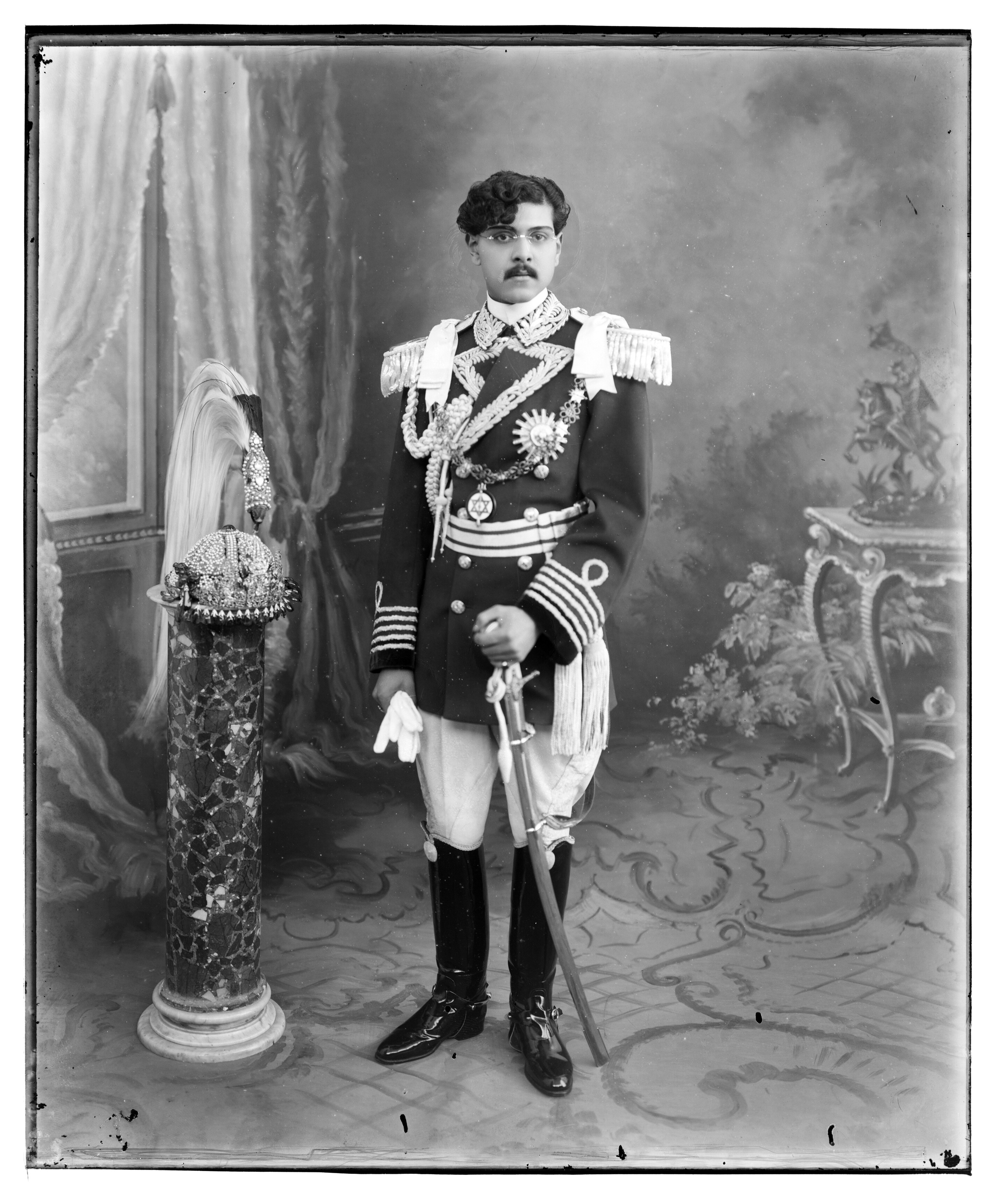
The UGC lands in controversy by directing universities to hold Art of Living meditation sessions.
The University Grants Commission (UGC) wants higher educational institutions to organise meditation sessions for students and teachers. In a circular dated November 24, the UGC makes it clear that the method of meditation developed by Sri Sri Ravi Shankar’s agency, The Art of Living Foundation, has to be followed. One wonders whether the UGC has become an advertising agency for the foundation.
In older times such a diktat would have raised eyebrows. People would have asked if this was the job of the UGC. It is not for the commission to give instructions on what kind of programmes and seminars should be held in a university. Its mandate is to promote higher education, coordinate the field of higher education, and ensure and maintain the quality and standards of higher education.
What to teach, how to design courses, how to admit students, how to recruit teachers, what extramural activities to organise—all these are for the universities to decide themselves. They have the freedom to decide what kind of meetings, seminars, and cultural programmes they or their departments will organise. They are completely independent in all these matters. The commission should not interfere in these affairs as every university is governed by its own Act and statutes. Moreover, the UGC was not set up for these purposes. If we read the Acts of the universities, it becomes clear that even the government cannot interfere in their work.
This situation has changed since 2014. Those who wonder how the UGC can promote the Art of Living meditation programme should look at the record of the UGC over the last eight years, when we have seen it working as a campaigner for various programmes of the Government of India. Or for the ideological programme of the ruling dispensation, or to put it bluntly, its patron, the RSS. Ever since Narendra Modi became the Prime Minister in 2014, there have been a series of such programmes, one after the other. It started with the Swachh Bharat Diwas to be celebrated on October 2. Then came the order to organise National Unity Day on October 31, the birthday of Sardar Vallabhbhai Patel. Good Governance Day on December 25, Atal Bihari Vajpayee’s birthday. Then Yoga Day on June 21.
The government apparently sensed a lack of nationalism or patriotism among students and teachers. The relationship between patriotism and bravery is already known. Who knows patriotism better than the soldier? In order to instil respect for the Army, orders were given to set up gallantry walls in universities. These walls were to have pictures of armed forces personnel who have been awarded gallantry medals such as the Param Vir Chakra. Even that was not enough. The government then ordered that every university display the national flag permanently on campus. It should be at a height of 207 metres so that everyone could see the tricolour even from a distance and feel the vibrations of nationalism.
Photographs or videos of all such programmes have to necessarily be sent to the commission and the Ministry. The UGC suspects that the teachers might not follow its orders as they are still couched as suggestions, so to ensure compliance, it wants everything to be recorded and put up on the websites of the institutions.
Universities as propagandists
The government is propagating the Hindutva nationalist ideology and wants the universities to act as propagandists of this ideology. Just before Ravi Shankar’s “meditation campaign”, the UGC conveyed the government’s order to educational institutions to hold seminars and lectures on the subject “India: Mother of Democracy” on November 26, Constitution Day.
One does not remember such directives being sent earlier on important “national occasions”. Universities were regarded as independent minds. Their duty was not to make young minds “nationalist”. Things, however, have changed. Like the meditation missive, in this case, too, the UGC sent a note prepared by the Indian Council of Historical Research (ICHR). Discussion on the topic was to be conducted according to the instructions in that note. The note says that India is the oldest democracy in the world and that its democratic traditions can be seen in khap panchayats. It says the ideal king is also to be discussed. And that democracy has its roots in the Vedic period. And that India has been in existence on earth from time immemorial. Hence, India’s greatness.
This note from the ICHR has been criticised in the media. Is it possible that any views critical of this official note can be expressed in the programmes themselves? The UGC makes it abundantly clear that the discussion has to follow the official line as enunciated by the ICHR note. So the question of any debate, discussion, and dialogue does not arise.
This story was originally published in frontline.thehindu.com . Read the full story here






